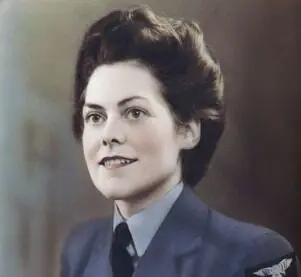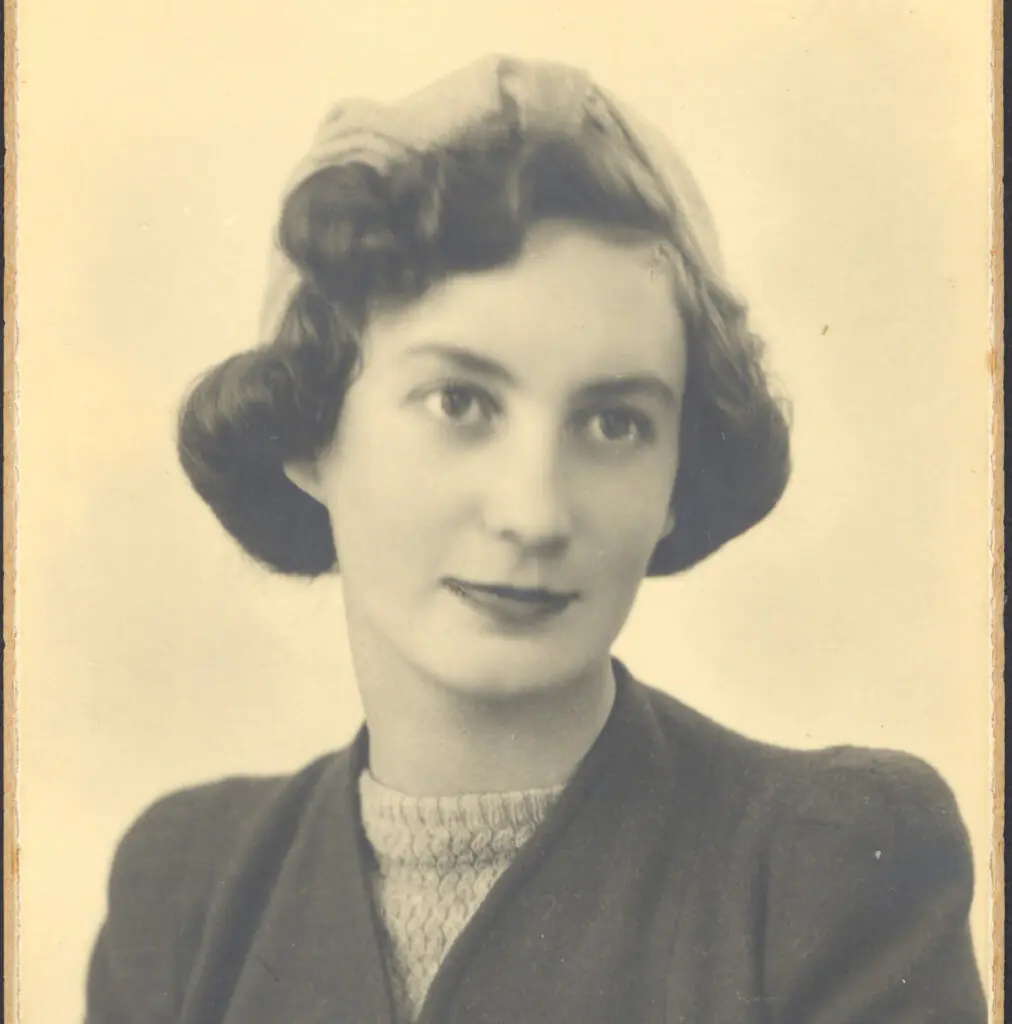
Women in War
The Women’s Auxiliary Air Force (WAAF) was formed in June 1939 out of air service units in the Auxiliary Territorial Service (ATS) – the female equivalent of the Territorial Army. The intention was to release men for combat roles by getting women to take over non-combat duties. These started as cooks, clerks and drivers but WAAF personnel were soon serving as radar operators, aircraft mechanics, electricians and radio operators. They also worked as telephone operators and administrative staff. Over 180,000 women, most between 18 and 40, volunteered for service in the WAAF, and over 30,000 more were called up from December 1941.
Logistics of life and death
The most enduring image of the women in the WAAF is of the aircraft plotters in command centres, exemplified by Margaret Hourigan, depicted in one of the silhouettes at the International Bomber Command Centre and pictured above. Radar operators plotted the movements of enemy aircraft homing in on vulnerable bomber squadrons and sought to ensure that RAF fighters were directed to intercept them. The women of the WAAF moved pieces on the boards of life and death, in scenes so familiar from wartime movies, keeping the score of downed planes, often containing aircrew they knew well from their own stations. Women worked long hours in the dark, cramped conditions of radar stations, where sharp focus and quick decision-making skills were vital.
Modern Giant - Kathryn Leahy OBE
Women’s Auxiliary Air Force
Cooks, chauffeurs and codebreakers
WAAF servicewomen also displayed adaptability and acquired new technical skills as they learnt to maintain and repair aircraft, keeping as much as possible of the RAF’s fleet ready for action. Some, like Muriel Blake, memorialised by another of the silhouettes outside the IBCC (and pictured above), packed the immense silk parachutes on which aircrew’s lives depended. The tasks the WAAF was called on to perform were extraordinarily wide-ranging, from cooking and driving to meteorology.
WAAF drivers acted as chauffeurs for military and political leaders during the war. Corporal Eileen Kaye drove not only Field Marshal Montgomery but also Prime Minister Winston Churchill – and recalled being late to pick him up in Whitehall after going to a Frank Sinatra Concert. Expecting a full Churchillian explosion, she was relieved to find it made him burst out laughing.
The WAAF was also integral to wartime intelligence operations of the RAF. Servicewomen worked alongside the likes of Alan Turing to decipher enemy communications in the secret but now-famous code-breaking teams.
Legacy and Recognition
Subject at first to scatological male humour and scepticism, the WAAF grew in strength and authority throughout World War II. In 1941 it formally became part of the Armed Forces of the Crown, and WAAF officers become able to command RAF personnel. The first female station commander was appointed in 1944. The history of achievement and courage, which led to many WAAF servicewomen being awarded honours, meant that although the WAAF was wound down after the war it was reformed in 1949, and continued as a separate service until fully amalgamated into the RAF in 1994. The courage and competence demonstrated by women in the wartime WAAF laid the groundwork for future generations of female aviators and military personnel.
Modern Giant - Dame Sharon White DBE